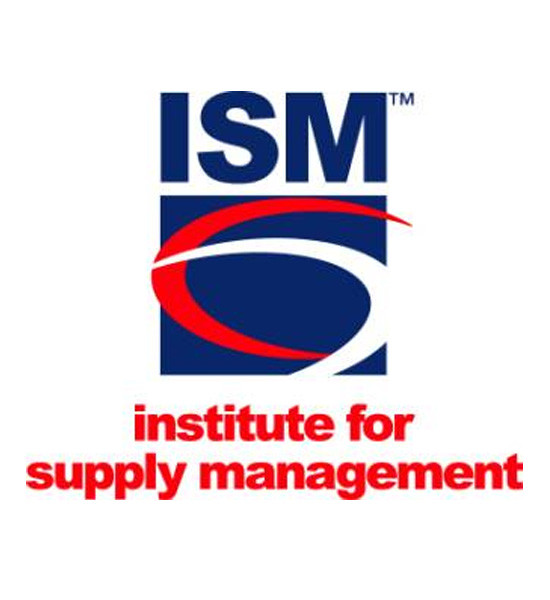
WASHINGTON – Service industries in the U.S. expanded in October at a faster pace than forecast, showing the biggest part of the economy was holding up as the federal government shut down.
The Institute for Supply Management’s non-manufacturing index increased to 55.4 from the prior month’s 54.4, the Tempe, Ariz.-based group said today. A gauge above 50 shows expansion. The median estimate in a Bloomberg survey of economists was 54.
The pickup followed the group’s report last week that showed manufacturing grew at the fastest pace since April 2011, a sign purchasing managers were gaining confidence in the expansion. The data indicate companies were looking beyond the political infighting that closed the government for half of October.
Considering the shutdown’s effects, “some of the areas with closer ties to Washington were probably negatively impacted, but the rest of the economy seems to have done okay,” Mark Vitner, a senior economist in Charlotte, N.C., at Wells Fargo & Co., the biggest U.S. home lender, said before the report. “The non-manufacturing side has been pretty solid.”
Estimates of the 79 economists in the Bloomberg survey for the October reading ranged from 52 to 56.3. From July 2009, a month after the last recession ended, through September the index had averaged 53.9.
The figure includes industries that range from utilities and retail to health care, housing and finance and make up almost 90 percent of the economy.
The ISM’s measure of business activity increased to 59.7 from 55.1, the report showed. A gauge of employment in non-manufacturing industries rose to 56.2 from 52.7.
Orders cool
The group’s measure of new orders in the service industries decreased to 56.8 last month from 59.6 in September.
The ISM’s manufacturing index, released last week, unexpectedly rose to 56.4, the highest since April 2011, from 56.2 a month earlier as improving export markets accompanied a boost in domestic demand.
Service industries in some parts of the world are on the mend. Services in the U.K. unexpectedly accelerated in October at the fastest pace in 16 years as the economy showed signs of pulling away from the rest of Europe. A gauge of activity rose to 62.5 from 60.3 in September, Markit Economics said today in London.
The report came as the European Commission forecast the U.K. economy will grow 2.2 percent next year, twice the pace of the euro area and more than Germany and France.
Euro area
A report last month showed euro-area services and factory output unexpectedly slowed in October. A composite index based on a survey of purchasing managers in both industries declined to 51.5 this month from 52.2 in September, Markit Economics said Oct. 24.
In the U.S., gains this year in homebuilding have boosted services providers such as real-estate companies and home-improvement retailers.
Further progress depends in part on borrowing costs. The rate on 30-year home loans averaged 4.1 percent in the week ended Oct. 31, the lowest since June. It reached a two-year high of 4.58 percent in the week ended Aug. 22.
Standard Pacific Corp. said on Oct. 31 that orders for homes increased 12 percent in the third quarter from the same three months last year, the smallest year-over-year gain since the second quarter of 2011. The Irvine, Calif.-based builder also said it delivered 1,217 homes during the period, the most since the second quarter of 2008.
Interest rates
“Rapid home price appreciation, increased interest rates, and economic and political uncertainty have all contributed to an environment that has impacted consumer confidence and tempered the robust demand we experienced during the first half of the year,” Scott Stowell, president and CEO at Standard Pacific Corp., said on a Nov. 1 earnings call.
“We have always maintained that the housing market recovery would likely be an uneven one and that there would be bumps along the road to recovery. But we are certainly experiencing a few of those bumps now. When looking longer term, we continue to maintain a cautious but positive outlook. The fundamentals for housing still look good,” Stowell said.
Weyerhaeuser Co., a timber supplier and developer based in Federal Way, Wash., expects to close more than 1,100 homes in the last three months of this year, up about 35 percent from a year ago, President and CEO Doyle Simons said.
Housing fundamentals
“We continue to be encouraged as long-term favorable housing fundamentals remain in place,” Simons said on an Oct. 25 earnings call. “With that said, the housing recovery appears to have taken a slight pause due to higher home prices, higher interest rates, although still very low by historical standards, slowing job growth and the antics of our government.”
Auto dealers have also enjoyed stronger demand this year, putting the industry on pace for its best year since 2007. At the same time, sales have cooled the last two months after climbing in August to the highest since November 2007. Purchases of cars and light trucks sold in October at a 15.2 million annualized rate, little changed from the previous month.










